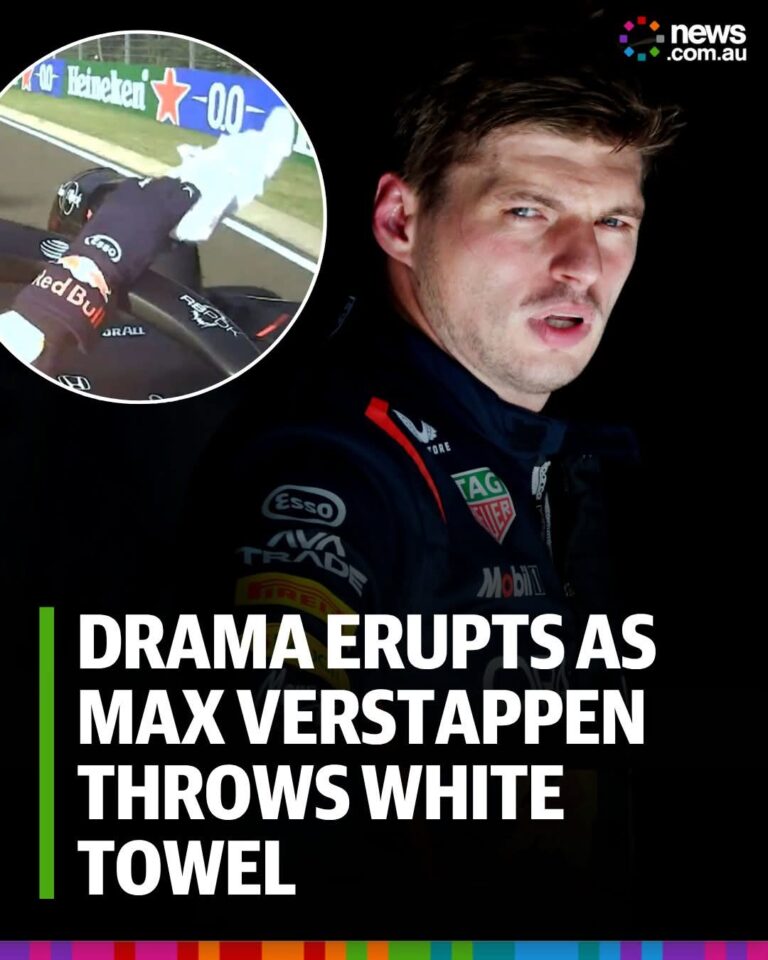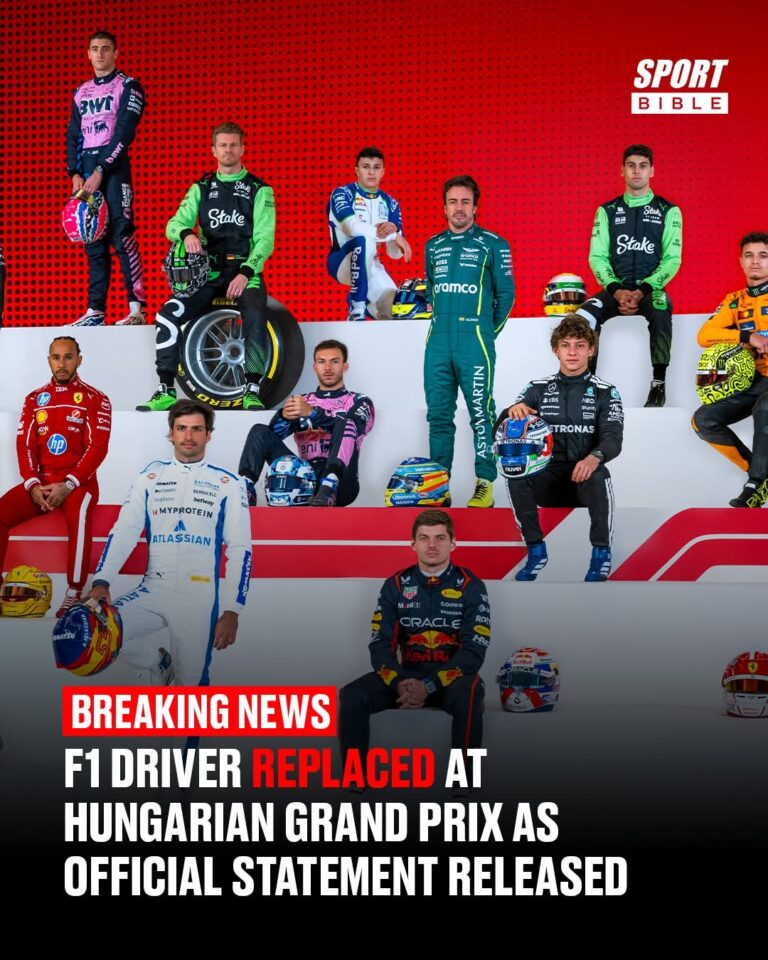
The Formula 1 community has been thrust into turmoil after a contentious ruling by the FIA during the [Insert Grand Prix Location] Grand Prix sparked uproar and a heated exchange with reigning world champion Max Verstappen. Issued moments before podium celebrations, the ruling centered on a revised interpretation of Article [Insert Article Number] of the Sporting Regulations regarding tire pressure compliance. Post-race inspections revealed discrepancies in tire pressure data from multiple drivers, including Verstappen, Lewis Hamilton, and Charles Leclerc, sending shockwaves through the paddock.
The FIA’s sudden enforcement of stricter parameters on tire pressure fluctuations—an aspect previously afforded leniency—has fueled accusations of inconsistency and retroactive governance. Teams contend they adhered to long-standing interpretations, branding the last-minute directive as an abrupt shift lacking transparency or prior communication. Red Bull, alongside other affected outfits, has vocally criticized what they describe as an arbitrary application of technical rules, arguing it undermines competitive fairness.
Verstappen, visibly incensed during the post-race press conference, lambasted the decision as “unacceptable,” asserting it erodes trust in the FIA’s stewardship of the sport. He emphasized that operational strategies were based on historical precedents, making punitive measures after the fact both unreasonable and damaging to the championship’s integrity. His frustration was compounded by the ruling’s potential to alter race results and jeopardize his points tally in a season already fraught with fierce competition.
The repercussions extend far beyond Verstappen. While the FIA has yet to confirm the scale of penalties, speculation suggests possible time sanctions or disqualifications for several frontrunners, threatening to reshuffle the podium and championship standings. Hamilton, while measured in tone, voiced parallel concerns about regulatory clarity and fairness, stressing the detrimental impact of retroactive enforcement on the sport’s credibility. Mercedes hinted at exploring formal appeals, while Ferrari echoed similar sentiments, signaling a multi-team standoff with the governing body.
As scrutiny intensifies, the FIA faces mounting pressure to justify its stance and address growing calls for transparency and procedural consistency. Critics argue this episode exemplifies systemic flaws in rule enforcement, urging clearer guidelines and proactive communication to avert future controversies. With the fallout poised to dominate headlines and potentially shape the title battle, the situation underscores Formula 1’s delicate balance between technological precision, governance, and the unpredictable human drama that keeps the sport electrifying.



